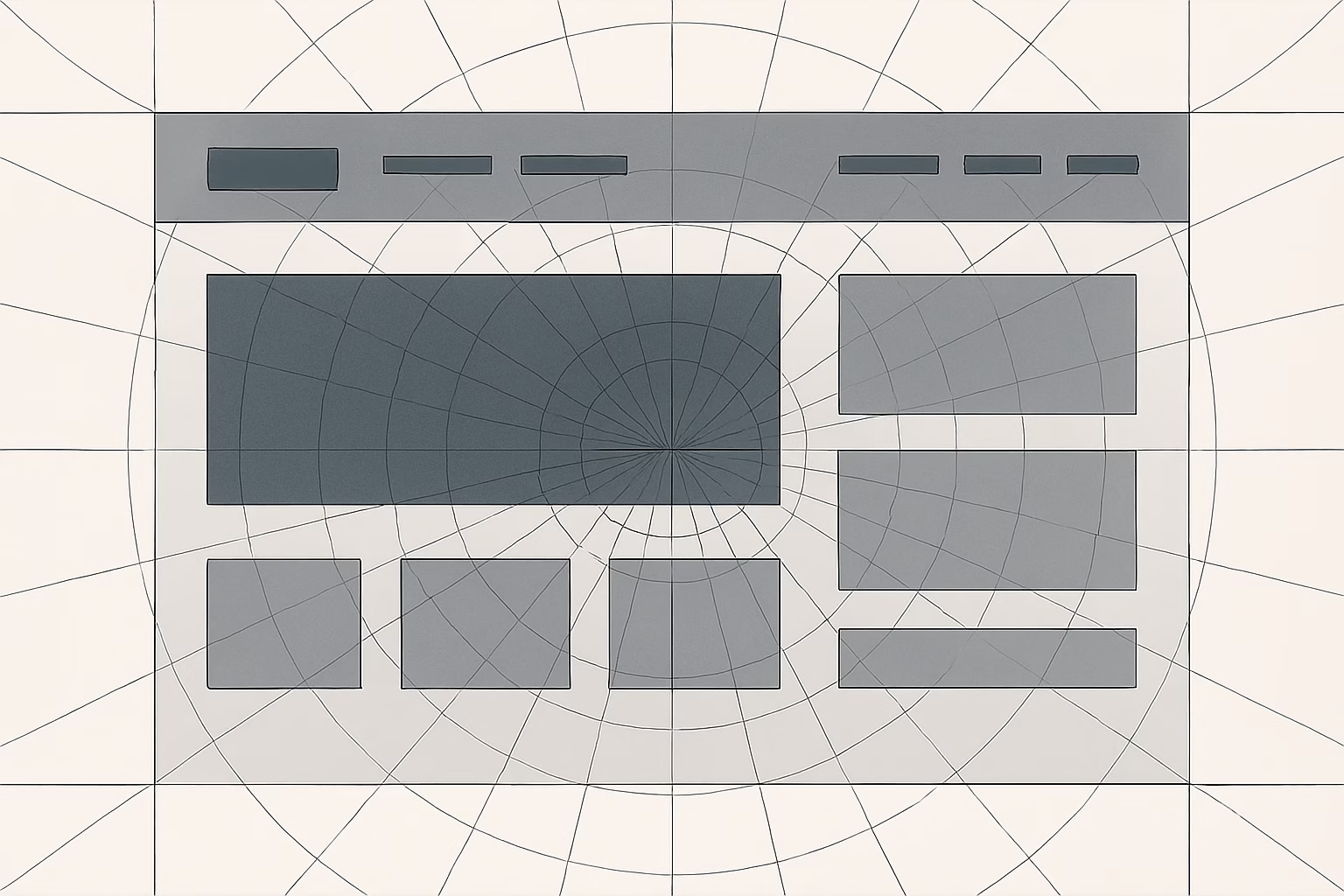Wireframing meaning goes beyond drawing simple boxes on a screen. It’s about laying the groundwork for user flows, layout hierarchy, and interactive behaviour. When UX designers grasp wireframing meaning, they unlock a more efficient path to communicate structure and functionality before diving into visuals. This early-stage blueprint becomes a shared language, ensuring everyone—from stakeholders to developers—aligns on the fundamental design direction.
Defining the Wireframe Concept: A Closer Look at Wireframe Definition
A wireframe is a skeletal outline of a digital interface, stripped of colour, typography, and final imagery. It shows:
- Page structure and layout
- Navigation and user pathways
- Key elements like buttons, forms, and content sections
By focusing on placement and priority, designers can refine the core experience without distraction. This wireframe definition makes rapid iteration possible, letting teams test ideas and gather feedback before committing to polished mockups.
Why Understanding Wireframe Purpose Is Essential in UX
Wireframe purpose centers on clarity and alignment. Before refining visual design, UX teams use wireframes to:
- Validate user flows
- Identify usability challenges
- Align on feature scope
- Minimise costly design changes
Recognising the wireframe purpose helps stakeholders see design as a problem-solving exercise rather than a purely aesthetic endeavour.
The Role of Wireframing in the Design Workflow
Integrating wireframes early streamlines collaboration. Whether you’re working in Framer, Sketch, Figma, or even on paper, wireframing meaning establishes:
- A clear foundation for interaction design
- A shared reference for content strategy
- Milestones for user testing
Engaging users with low-fidelity wireframes ensures feedback targets core functionality, not surface-level styling.
Key Advantages of Wireframe Creation
- Fast iteration on layout and structure
- Reduced rework by catching issues early
- Focused discussions around user goals and tasks
- Cost-effective alignment of cross-functional teams
Understanding these benefits reinforces why wireframing meaning is indispensable for modern product development.
Common Wireframing Tools and Techniques
From pen-and-paper sketches to interactive digital frameworks, designers choose tools based on project needs:
- Paper and whiteboard: Ideal for brainstorming and co-creation
- Balsamiq Mockups: Quick, hand-drawn aesthetic for rapid prototyping
- Figma/Framer: Collaborative, real-time updates with version control
- Adobe XD: Integrated design and prototyping workflow
Picking the right tool amplifies the impact of your wireframes and reflects the project’s complexity and team size.
Low-Fidelity vs. High-Fidelity Prototypes: Delving into Prototype Relevance
When exploring prototype relevance, consider:
- Low-fidelity wireframes for early concept validation
- High-fidelity mockups to refine interaction details
- Interactive prototypes to simulate realistic user journeys
Balancing fidelity levels prevents teams from jumping too quickly into styling before the user experience fundamentals are solidified.
Best Practices for Effective Wireframing Strategies
- Start with user research to inform information architecture
- Keep the grid simple to emphasise content hierarchy
- Annotate interactions to guide developers and testers
- Version control your wireframes for traceability
- Conduct quick usability tests to validate assumptions
Adhering to these tactics ensures wireframing meaning remains central to decision-making and reduces misunderstandings.
Collaborative Wireframe Development: Encouraging Team Engagement
Facilitating workshops around wireframes empowers stakeholders to:
- Contribute ideas in real time
- Share instant feedback
- Prioritise features collectively
This collaborative ethos transforms wireframes from static documents into living artifacts guiding the design journey.
Integrating Wireframes into Agile and Lean Processes
Wireframes fit seamlessly into Agile sprints and Lean UX cycles. By creating minimal viable wireframes, teams can:
- Rapidly test hypotheses
- Adapt to shifting requirements
- Keep user feedback at the heart of each iteration
This iterative approach underscores wireframing meaning as a mechanism for continuous improvement, not just a one-off deliverable.
Advanced Wireframe Strategies: From Annotation to Interactive Mockups
To elevate your wireframing workflow:
- Use rich annotations to document conditional logic
- Link screens in Figma or Framer for flow simulations
- Incorporate real content with placeholder APIs
- Layer interactive hotspots for realistic user testing
These techniques transform wireframes into powerful communication tools that bridge the gap between design intent and development reality.
Measuring the Impact of Wireframes on Project Success
Track the efficacy of your wireframes by measuring:
- Reduction in design revisions
- Time saved during development
- Usability test completion rates
- Stakeholder satisfaction scores
Quantifying these metrics demonstrates tangible ROI and reinforces why wireframing meaning remains relevant in data-driven design cultures.
Troubleshooting Wireframe Challenges: Tips for Overcoming Roadblocks
- If stakeholders focus too much on visuals, remind them of the core wireframe definition.
- When requirements shift, update your wireframes immediately to maintain clarity.
- To avoid version conflicts, use cloud-based collaboration features.
- If user testing is inconclusive, refine your hypotheses and retest with new scenarios.
These troubleshooting steps help teams maintain momentum and keep wireframing meaning front and centre.
Conclusion: Embracing the True Impact of Wireframe Significance
Wireframe significance transcends mere sketching—it’s a strategic tool that shapes user experiences, aligns multidisciplinary teams, and mitigates risk. By mastering wireframing meaning, designers pave the way for more intuitive, user-centred products. Also, check out Nielsen Norman Group’s guide to drawing wireframes, even if you can’t draw.


